Natural gas cogenerations
Natural gas cogeneration is the combined production of electricity and thermal energy through the use of a methane-fueled engine connected with an electric generator. A natural gas cogeneration plant allows the simultaneous production of electric and thermal energy from a single energy source within a single integrated system.

How does natural gas cogeneration work?
How does natural gas cogeneration work?


A cogeneration plant consists of a cycle engine, fueled by natural gas, which produces mechanical energy that is fed to an alternator to generate low-voltage electricity, which in turn is subsequently transformed to medium voltage.
Thermal recovery occurs on two fronts:
- from the engine cooling water
- from the flue gas at 400°.
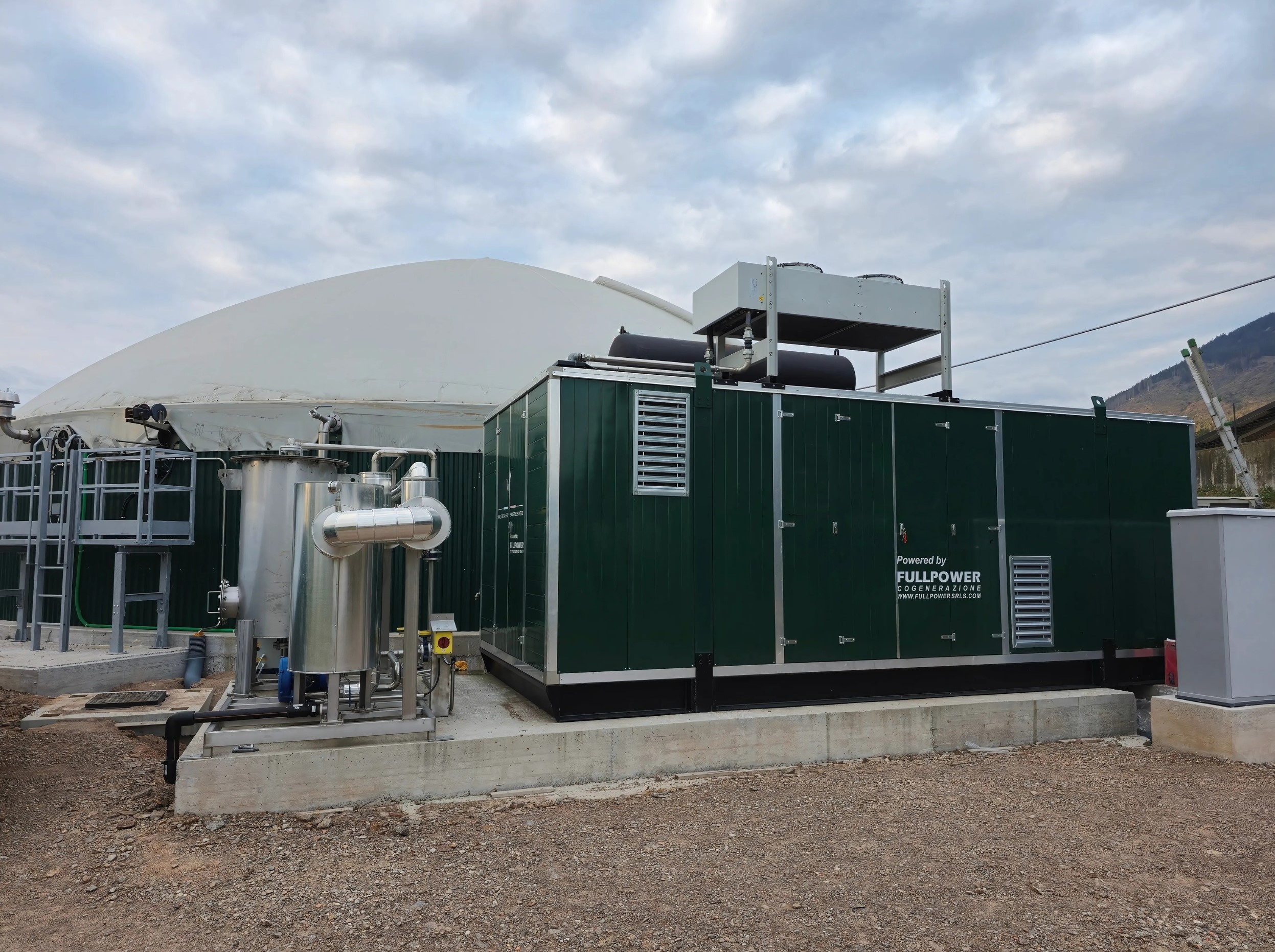
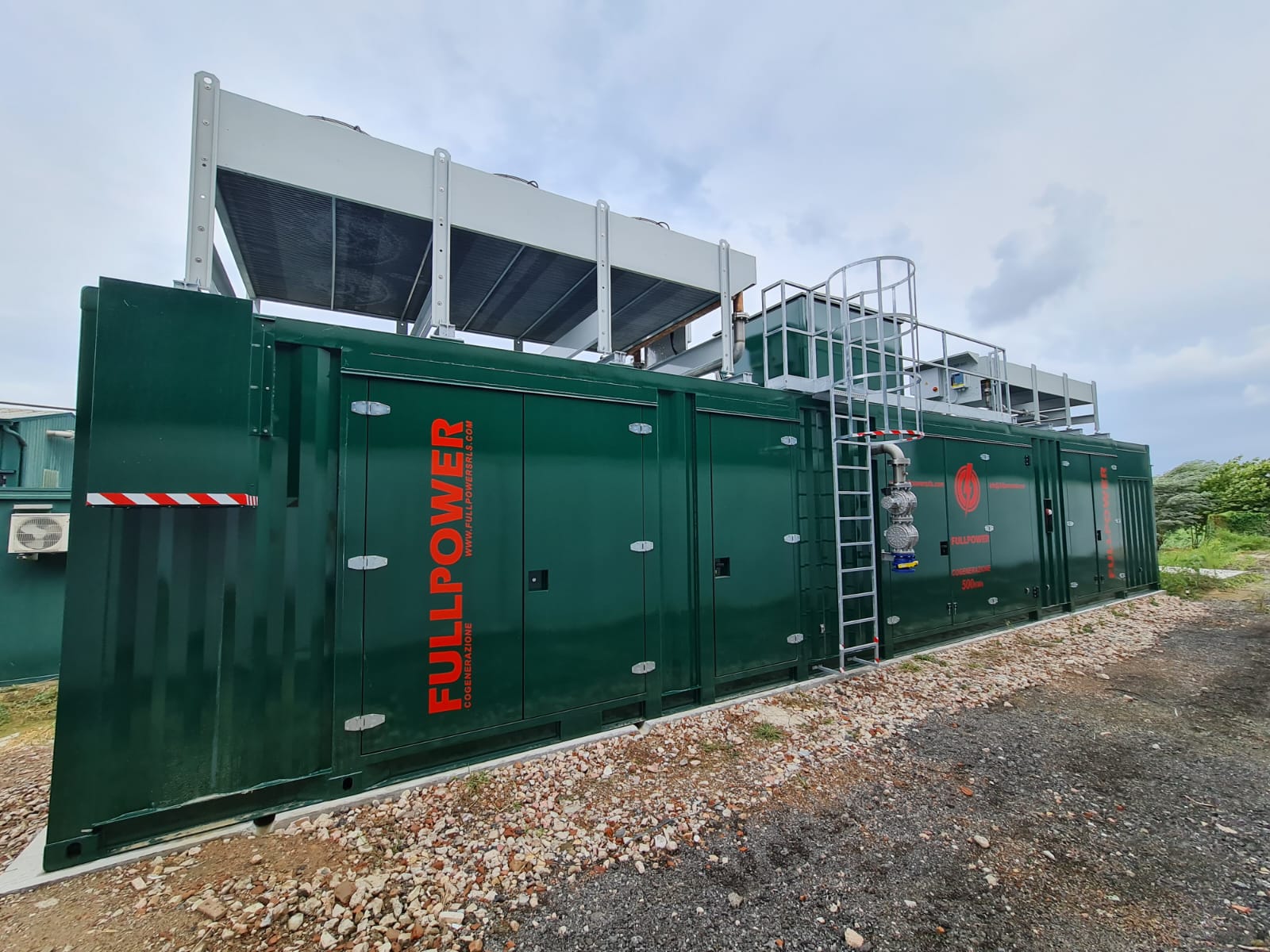
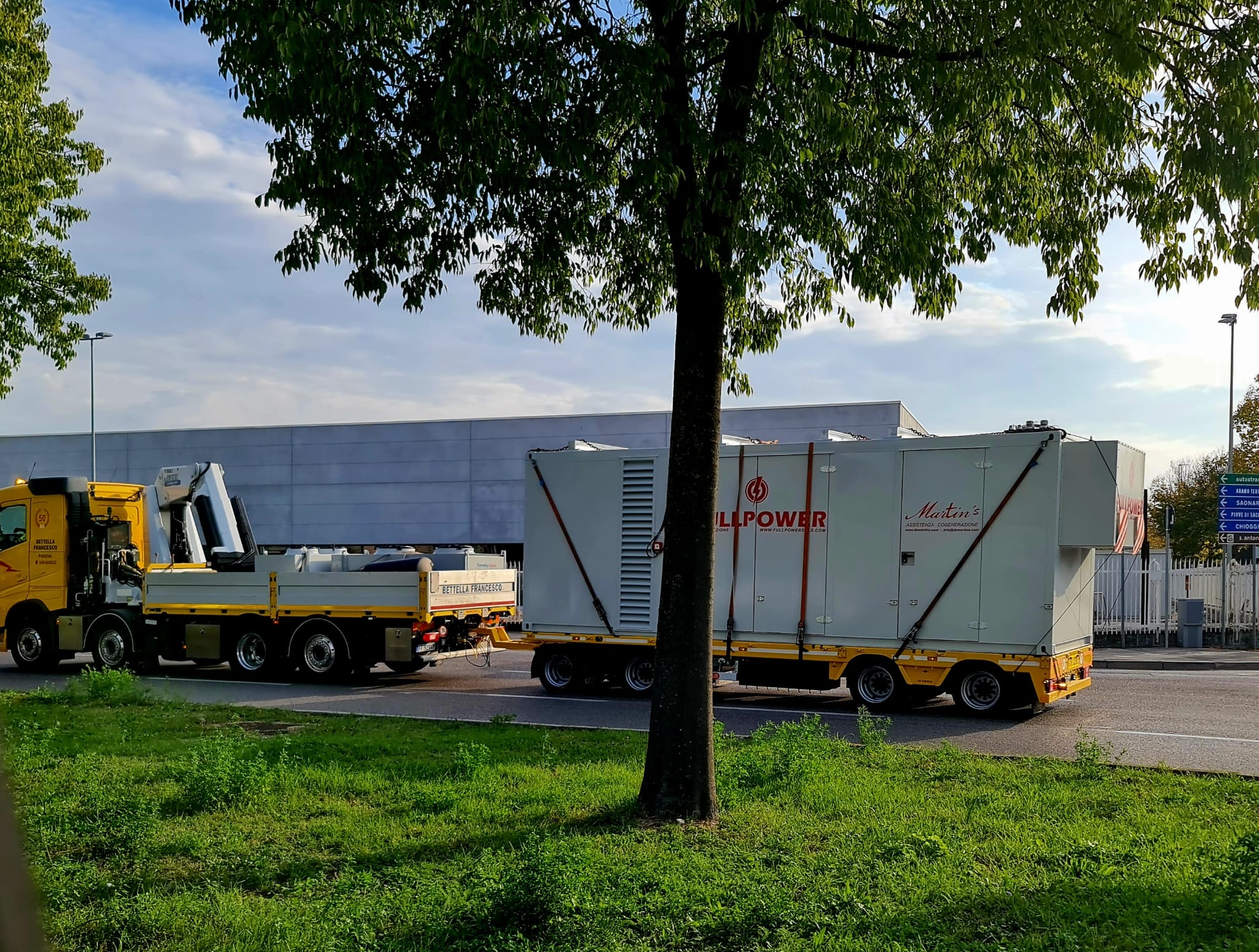
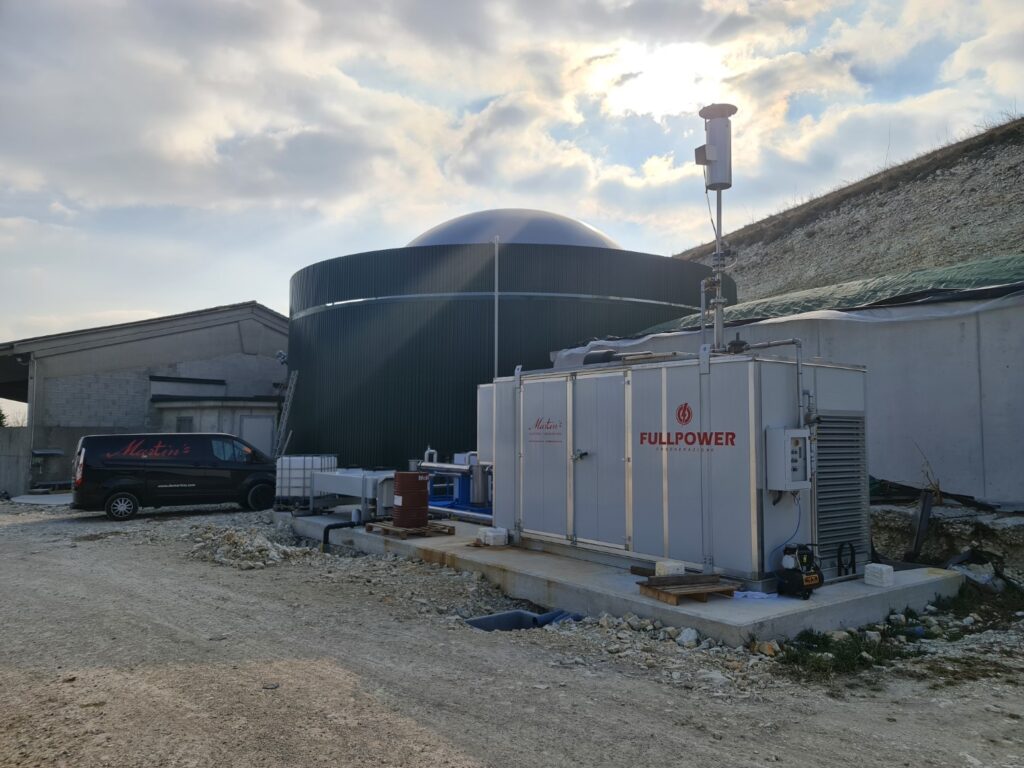
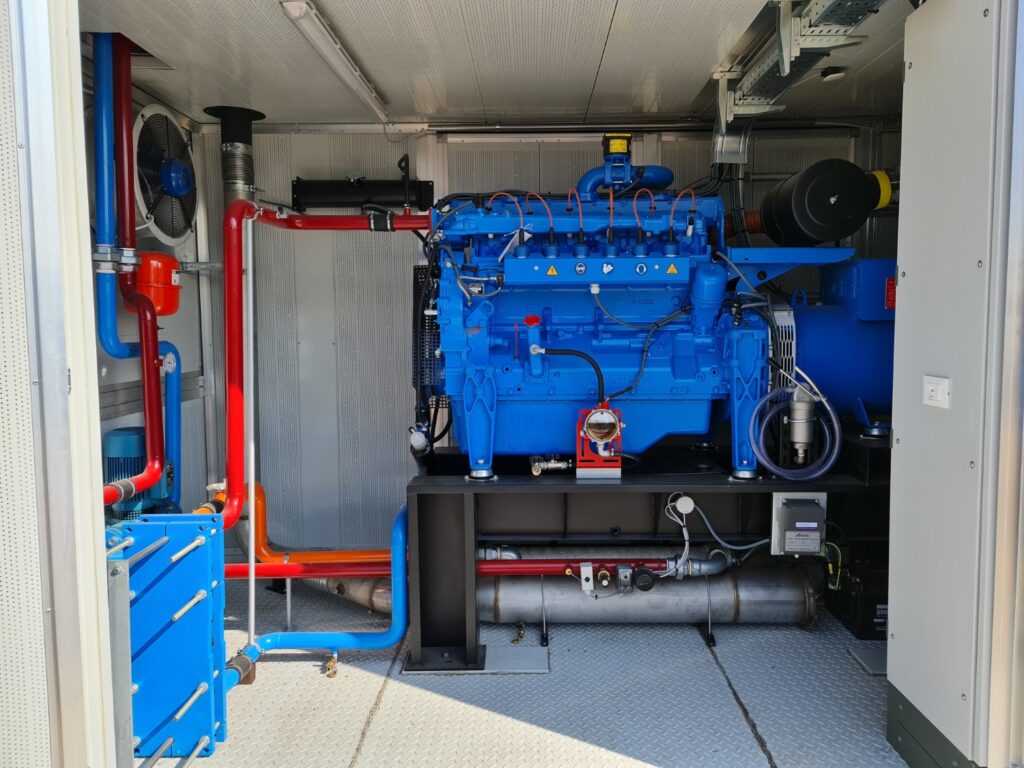
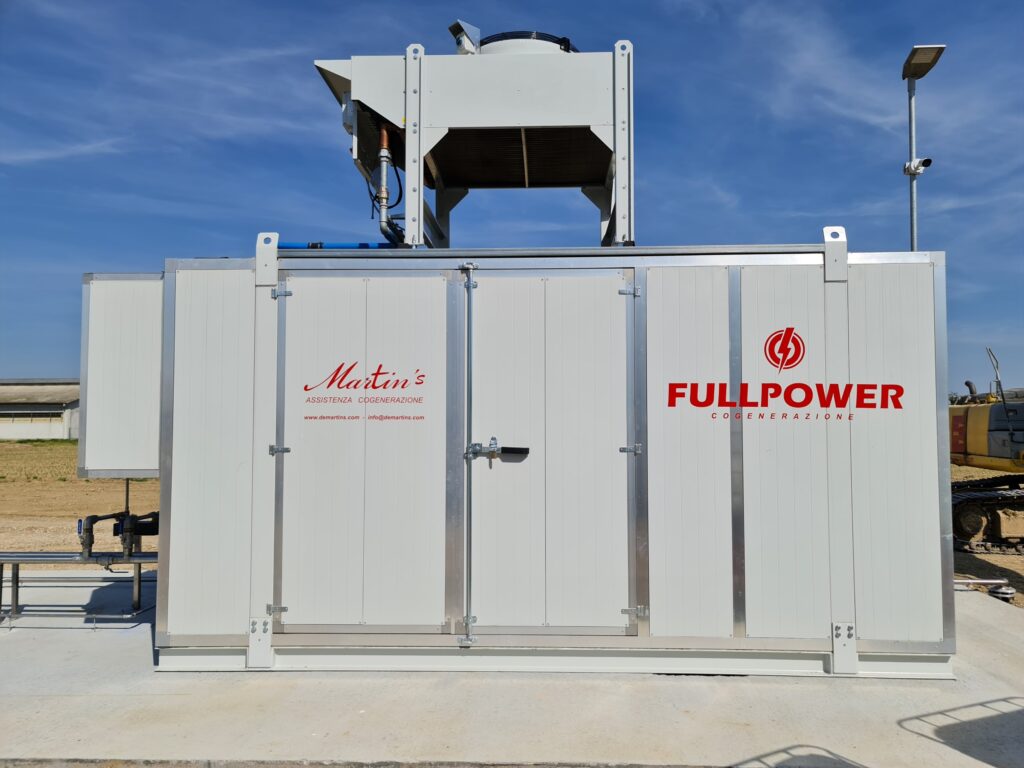
SUMMARY DATA SHEETS OF BIOGAS COGENERATION PLANTS
TEDOM engine

MAN engine

Cogeneration and trigeneration from natural gas offer several benefits
Benefits
Sustainable energy sources
Using biogas reduces dependence on fossil fuels and contributes to the transition to a sustainable energy model.
Energy Efficiency
Cogeneration from biogas makes it possible to make maximum use of the energy contained in biogas, producing both electricity and heat, and achieving greater efficiency than by the separate production of electricity and heat.
Reducing emissions
Using biogas for cogeneration helps reduce greenhouse gas emissions.
Organic waste management
Instead of being disposed of in landfills, this waste is used as raw material for biogas production, contributing to waste reduction and energy production.
Energy independence
Cogeneration from biogas offers an opportunity to reduce dependence on external energy sources, especially for farms, industries or communities that can produce biogas on-site.
Economic sustainability
Improved efficiency and the ability to use heat for industrial or heating purposes reduce overall energy costs for businesses and consumers.
